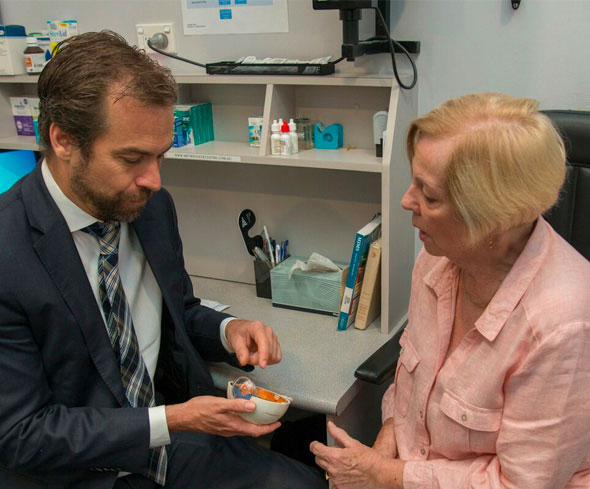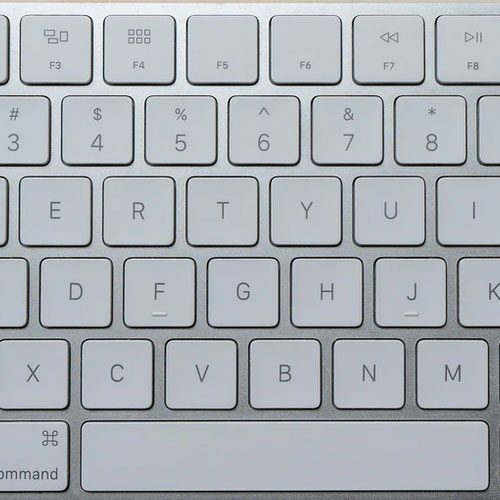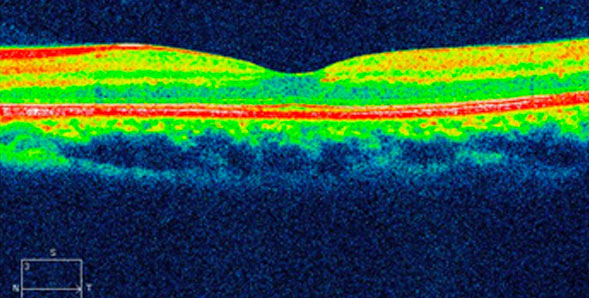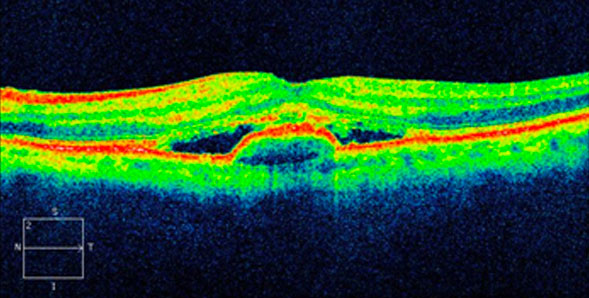Injections of medication into the eye are referred to as intravitreal injections. Their purpose is to inject a specific medication as close as possible to the eye problem as possible – usually into the jelly-like substance at the back of the eye. Conditions such as macular degeneration, diabetic oedema and vein occlusions in the eye can sometimes be treated with these injections. In general, patients describe the injections as being pain-free. Most people find that the injections are not as uncomfortable as they had been expecting.
Although vision is improved, there is no cure, and this treatment needs to be repeated over time. However, without the injections, macular degeneration can reduce your eyesight quickly. Unfortunately, these treatments are only suitable at certain stages of the disease.
The medication being injected works for a period of time before it starts to wear off – this interval differs between patients. Some people need to have an injection every 4 weeks, whilst others only need one every 4 months. It is important to maintain the time interval recommended by us, as otherwise long-term vision can be affected.












